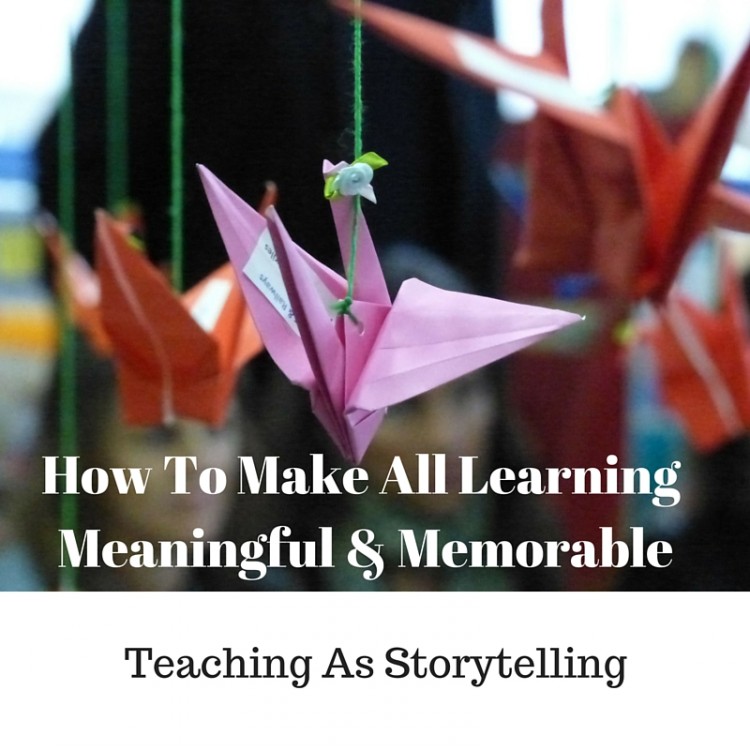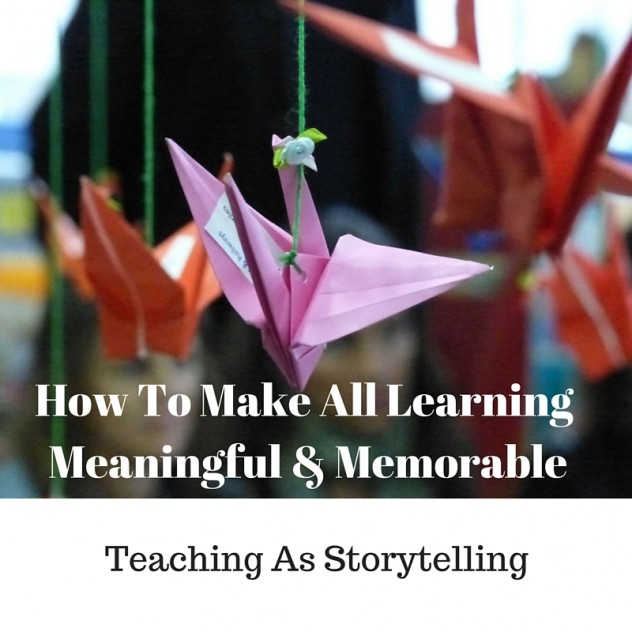I had another title for this post: Evoke Feelings for Fractions, Photosynthesis, & Forces.
But I thought that some readers might find that a bit odd.
We don’t talk much about feelings in education. There are many reasons for that, but I think one of the most important is that many people don’t see what feelings have to do with serious learning—that is, the serious learning of the 5 year old making sense of colour, the 16-year-old exploring trigonometry, or 27-year-old studying literature. When we do hear discussion about feelings and emotion it tends to focus on the social and emotional needs of students.
Here’s the problem: When we ignore the role of emotion in learning, we neglect one of the most powerful ways human beings make meaning of their experiences.
I often hear the argument that educating people is easier now because there is a wealth of knowledge readily available on the internet. I hope to convince you that access to knowledge is not the greatest challenge that educators face. Making knowledge meaningful and memorable to students is.
How often have you read something and, soon after, completely forgot about it? How often have you spent time “surfing the web” only to leave with absolutely nothing learned?
Again: It’s not access to knowledge that is our greatest challenge as educators—though the internet does offer us a great resource of course—helping students retain and enjoy that knowledge is.
So we need to enable our students to form an emotional connection with fractions, photosynthesis, and forces. We need them to feel something about cell division, citizenship, censorship, civil war. Dinosaurs, division, drama. (I could go on with this alphabet game.)
As Kieran Egan has shown so thoroughly and engagingly in his writing, when topics are shaped in ways that leave students FEELING something about them, then teaching becomes story-telling.
The first and most important step to making anything you teach more memorable is this:
Think about what it is about the topic that engages YOU. This is the emotional significance of the topic.
Quick example: is it the richness of the air that engages you? We could spend our lives studying what constitutes the “empty” air around us. Or is it the permanence of water? We simply can not get rid of it. (Topics: Properties of the Air or Water Cycle, Elementary Science Curriculum) (There are lots more examples where that came from. Visit the Imaginative Education Research Group teacher resources section!)
You may find it odd that I have bumped learning objectives from centre stage. I am not suggesting we throw out our learning outcomes or objectives (or whatever we currently call those “targets”)—these are crucial to teaching. Nor am I suggesting our classrooms be full of roller coasters of jubilation followed by gutt-rotting despair. Human emotions are much more varied and complex: curiosity, intrigue, joy, sadness, pleasure, fear, confusion, satisfaction, jealousy and on and on and on…
What I am suggesting is that objectives and outcomes do not acknowledge the role of human emotion in what is meaningful to them. We need to acknowledge that the knowledge we retain, the knowledge that matters to us, has somehow engaged our emotions.
So we need to talk more about feelings. When teaching becomes story-telling we, like our ancestors before us, make knowledge memorable and we maximize learning.
The stage is set. What I will be posting next is a series of posts with ready-to-use tips for imagination-focused teaching. Find out how to make your topics more meaningful and memorable to students: Tools of Imagination Series: Tips For Imaginative Educators.


